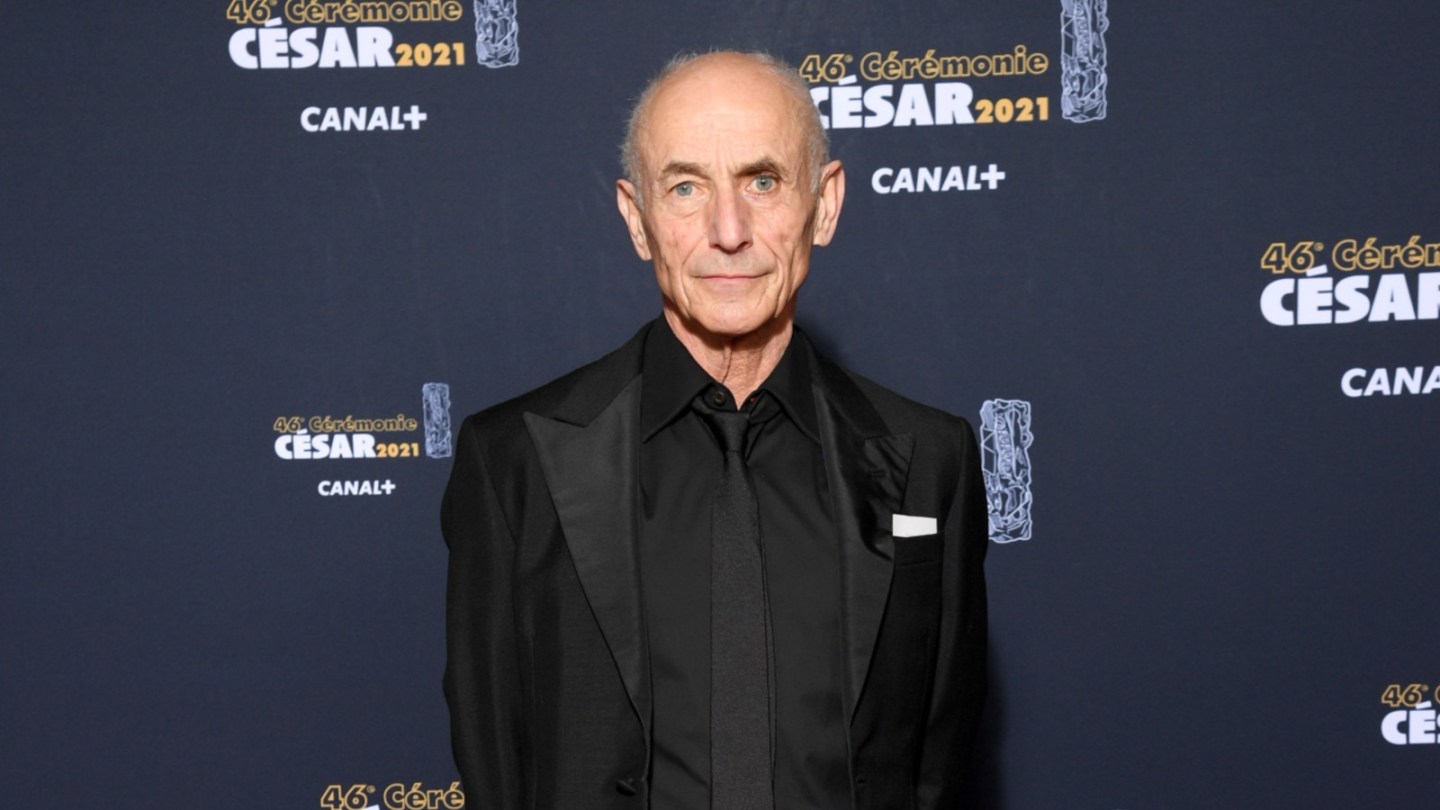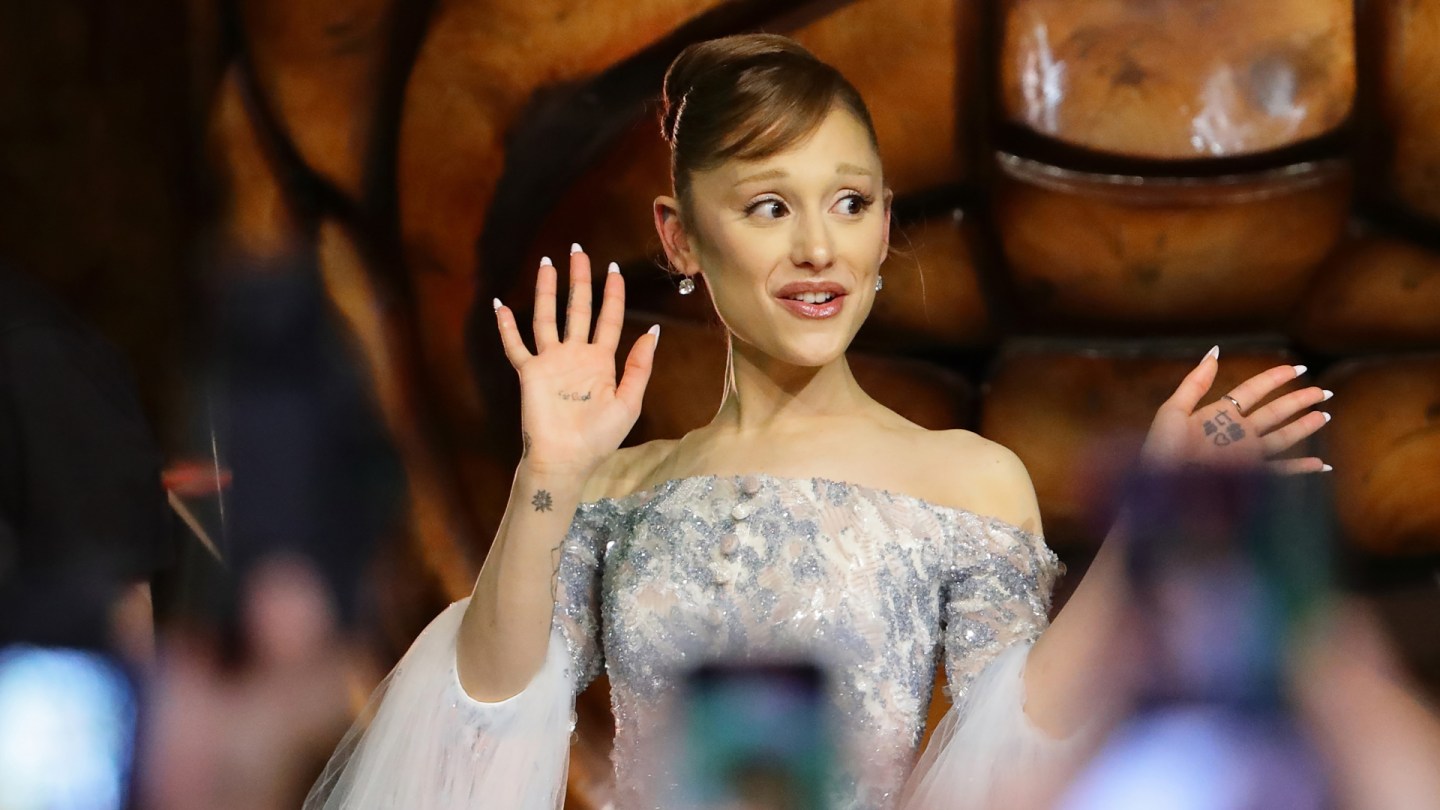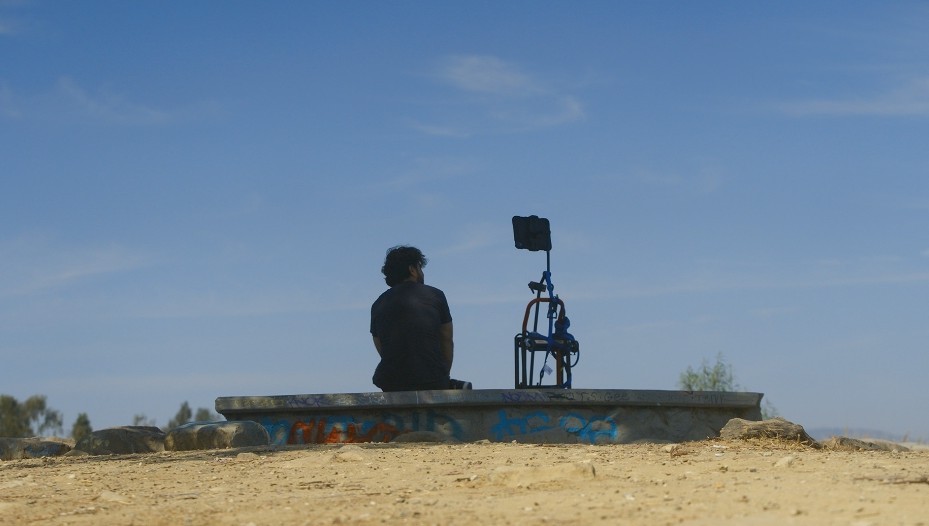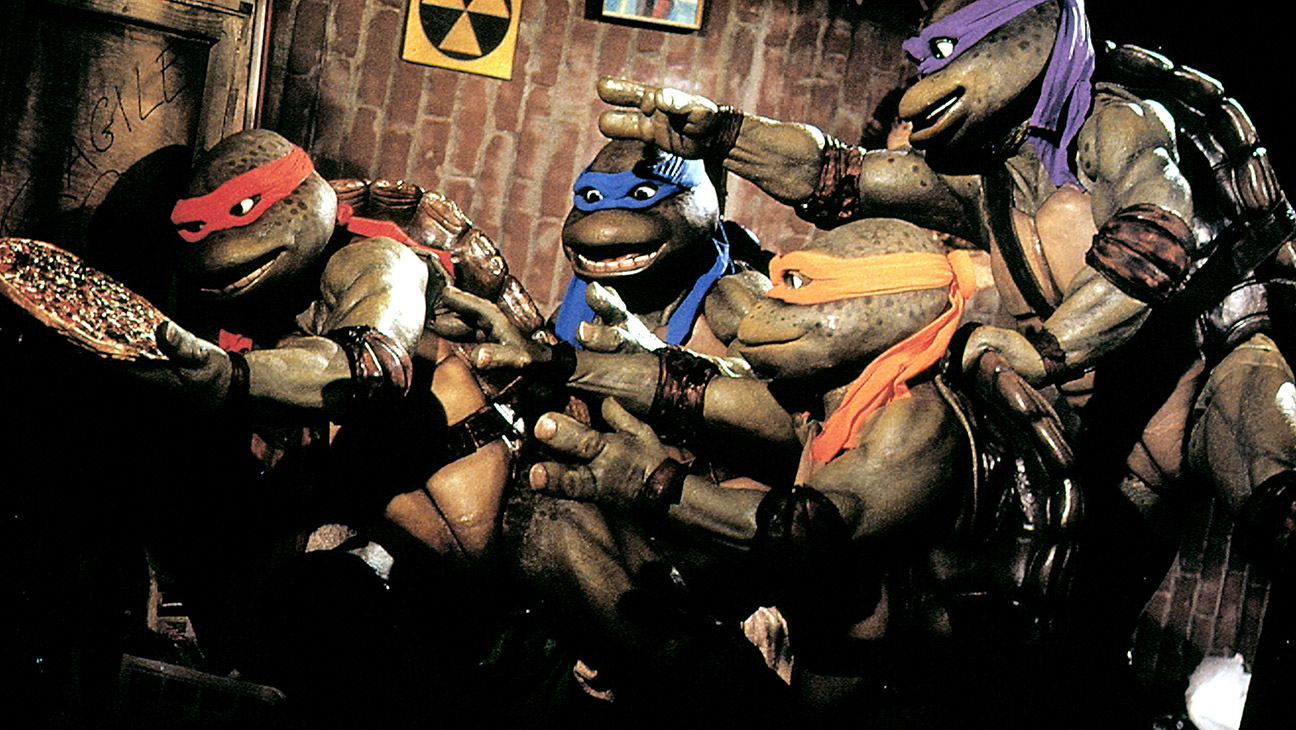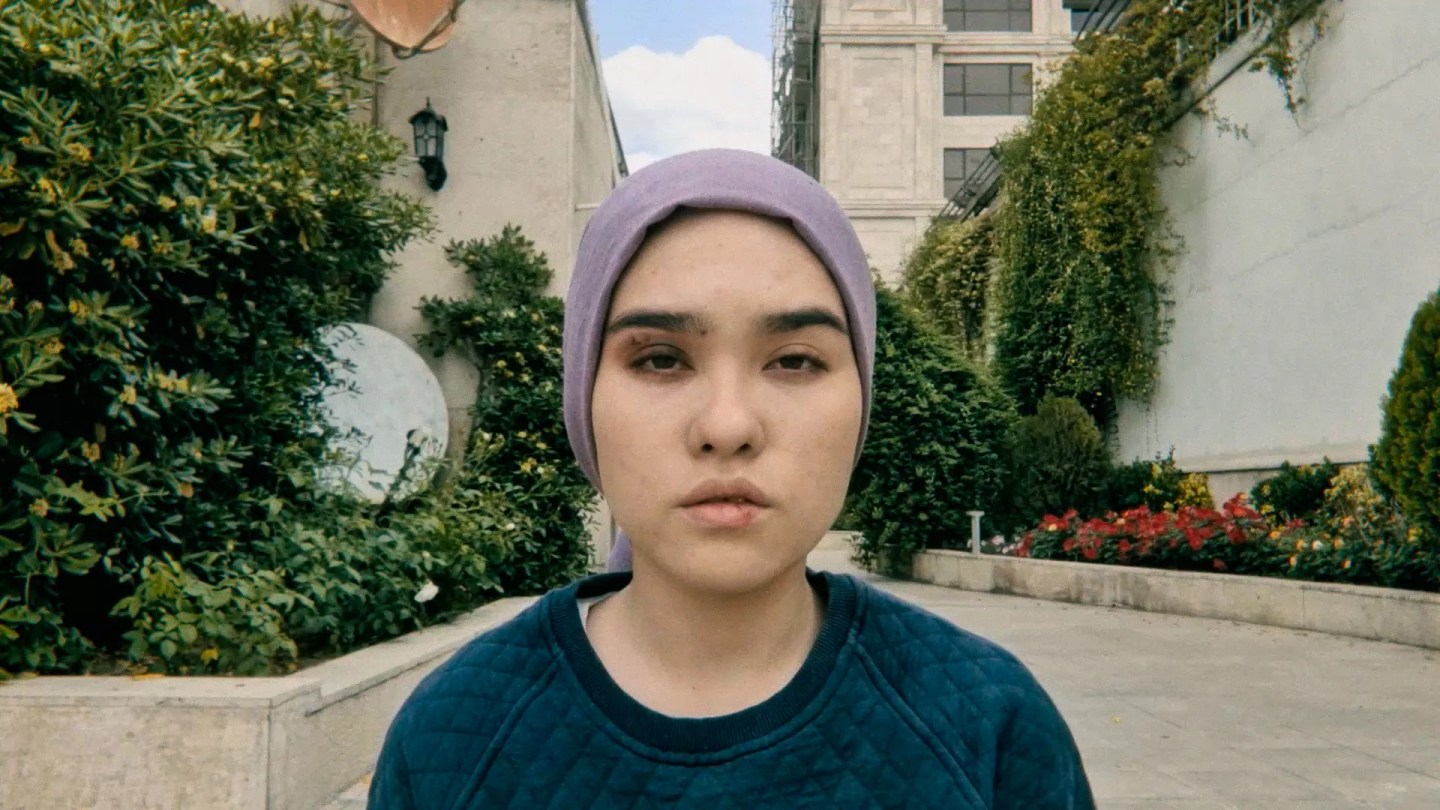Three years after receiving the Camerimage Lifetime Achievement Award, legendary French DP Philippe Rousselot is back in Toruń.
The French cinematographer — an Oscar winner for his lensing of Robert Redford‘s A River Runs Through It (1993) — was previous nominated for Philip Kaufman’s Henry & June (1990) and for Hope And Glory (1988) with frequent collaborator John Boorman — Rousselot has had a career stretching across European experimental cinema and big-budget Hollywood action movies.
From the then-ground-breaking use of color in Jean-Jacques Beineix’ cult French thriller Diva (1981) to the lush period work on Stephen Frears’ Dangerous Liaisons (1988) and Neil Jordan’s Interview with the Vampire (1994); from serving Tim Burton‘s vision in Planet of the Apes (2001), Big Fish (2003), and Charlie and the Chocolate Factory (2005) to the VFX-heavy staging of the first two Fantastic Beasts films. In addition to his Oscar and Camerimage honor, Rousselot has won three French Césars and a BAFTA. But awards are not something he dwells on. “People vote for whatever reason. Leave it there. Don’t think you’re a hero because you won something,” he says.
Rousselot decided on a career in film when he was 11. He was attending a “miserable” winter camp with one saving grace: A small cine-club that showed films “mainly for grown-ups.” He went every day. “There were expressionist films, a Cocteau retrospective — Beauty and the Beast was the first time I realized someone was behind the camera — then The Blood of a Poet (1932), Italian films by [Roberto] Rossellini, American movies. All that in two weeks. That was my first film school.”
He later formalized his training at l’École Louis-Lumière, where cinematography quickly eclipsed competing crafts.

Everything accelerated when he began assisting Néstor Almendros on Eric Rohmer’s films, working on My Night at Maud’s (1969), Claire’s Knee (1970), and Chloe in the Afternoon (1972). Almendros’ unorthodox approach — shaped by working on documentaries in Cuban rather than studio convention — overturned decades of lighting rules for Rousselot.
“Cinematography had come to a kind of dead end. All these conventions about direct lights, mandatory backlights, keys and fills. It was over-complicated,” Rousselot recalls. “Nestor knew nothing about the traditional way of lighting, so he invented his own methods based on common-sense observation of natural light. He invented bounce light. It seems obvious, but he was the first to aim a light at something white and use the soft reflection to light the actors. When I saw Rohmer’s The Collector (1967), I was so surprised by the non-artificial feel that I said, “I have to meet this guy.”
Rousselot carried that sensibility into his own early work. By the 1980s, he was developing techniques that would become signatures, though he resists the idea he has a “style,” arguing every innovation was simply designed to solve “one small problem after another on set.”
On Henry & June, he refined a system of mobile soft lighting using Chinese lanterns mounted on booms, allowing the light to move with the actors, separating their faces from the background. “There’s a scene where the two women dance and kiss; the camera circles them endlessly. I programmed 36 different lighting shifts with the Chinese lanterns so the light stayed perfect wherever the camera was.”
The method became widely copied. But when new technology, using LED Astera tubes to acheive the same effect, Rousselot simply moved on. “I don’t use the Chinese lanterns anymore. Maybe I’ve become allergic to them.”

Tim Burton’s Charlie and the Chocolate Factory.
His decades-long ability to adapt is one reason directors as different as John Boorman, Neil Jordan, Miloš Forman, Guy Ritchie and Tim Burton kept calling. Rousselot has worked with directors whe designed every set up, “where literally every shot was mine” to pre-planned perfectionists like Burton, who have their film cut in their heads before the camera roles. “You hardly talk with Tim during prep — just practical things. It was extremely simple to work with him.”
With David Yates on Fantastic Beasts, the challenge was different: Integrating huge sets and heavy VFX with practical lighting. “The idea that you ‘don’t light because it will be VFX’ is a myth. VFX still needs material.”
Some films pushed him physically as much as creatively. Shooting Boorman’s The Emerald Forest (1985) meant six months in the Amazon, “eaten by insects, constantly cut and infected, cleaning your body with alcohol,” but he still calls it “a fantastic human experience.”
A River Runs Through It, meanwhile, required a different form of discipline. The riverbanks in Montana were fragile, and Rousselot enforced strict limits on where crew could stand. And those iconic scenes of Brad Pitt casting his fishing line glinting in the sun? It came down to precise solar math: “I checked the sun position and scheduled exactly where to put three cameras between 12:30 and 1:15. That’s all — it was just common sense.”
Rousselot’s relationship to technology has shifted over the years. He initially resisted digital — “at the beginning it was just bad, and I worried that the labs would die, that digital equipment would quickly become obsolete” — but now insists that “purely in cinematography, digital is better than film. That’s unquestionable.”
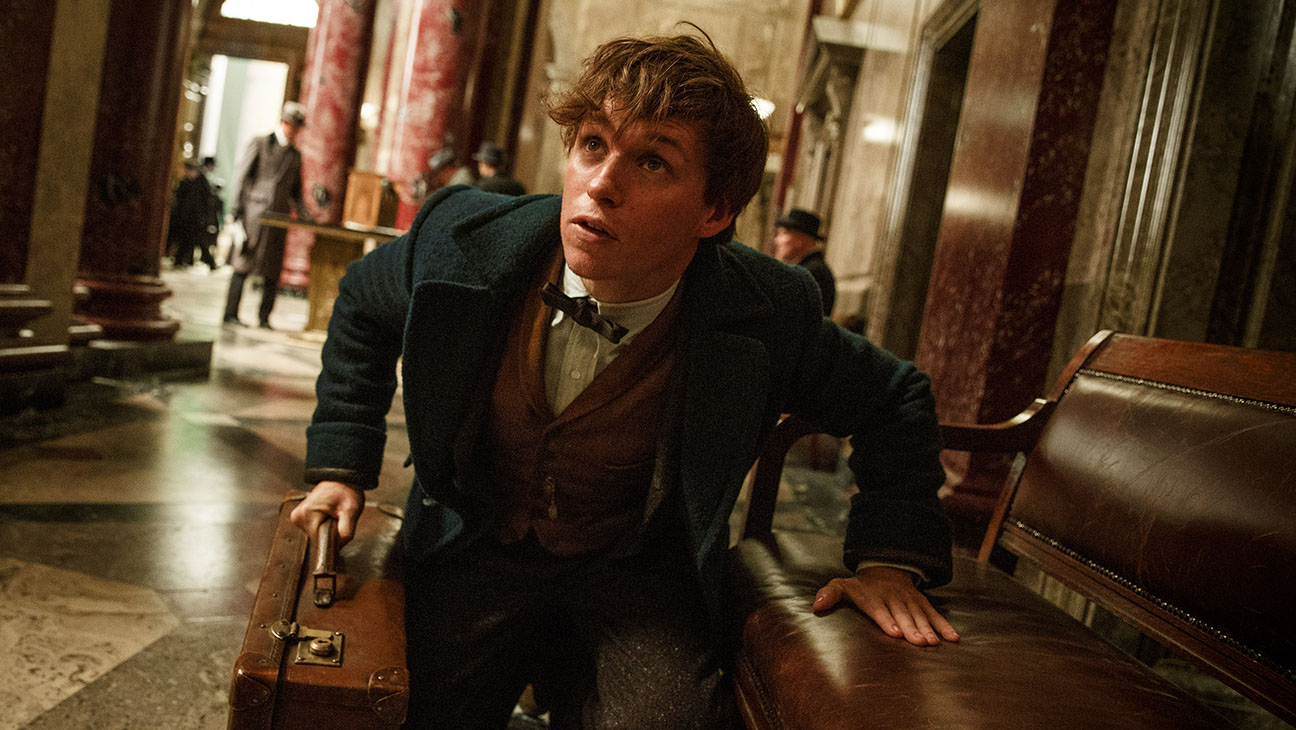
Still, he keeps a wary eye on what may come next. AI, he says, is “another nightmare for all sorts of reasons,” he says. “In the old days the DP ‘lit’ the film; now we are collaborators on the visual storytelling. [Right] now, narratively, we still have a role. But what happens with AI? I don’t know.”
His advice for younger filmmakers is to resist advice altogether. “Do whatever you want. Don’t listen to me… Young people will find their way — a different way from mine.”
After more than 70 films, that remains Rousselot’s own working philosophy. “I am ready to dump everything I have no use for,” says. “Nothing is sacred.”

